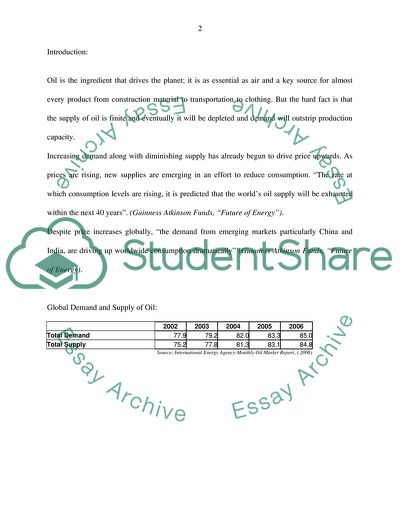Cite this document
(The Change Price of Oil Term Paper Example | Topics and Well Written Essays - 2000 words, n.d.)
The Change Price of Oil Term Paper Example | Topics and Well Written Essays - 2000 words. https://studentshare.org/finance-accounting/1703642-economics-oil-price
The Change Price of Oil Term Paper Example | Topics and Well Written Essays - 2000 words. https://studentshare.org/finance-accounting/1703642-economics-oil-price
(The Change Price of Oil Term Paper Example | Topics and Well Written Essays - 2000 Words)
The Change Price of Oil Term Paper Example | Topics and Well Written Essays - 2000 Words. https://studentshare.org/finance-accounting/1703642-economics-oil-price.
The Change Price of Oil Term Paper Example | Topics and Well Written Essays - 2000 Words. https://studentshare.org/finance-accounting/1703642-economics-oil-price.
“The Change Price of Oil Term Paper Example | Topics and Well Written Essays - 2000 Words”. https://studentshare.org/finance-accounting/1703642-economics-oil-price.


